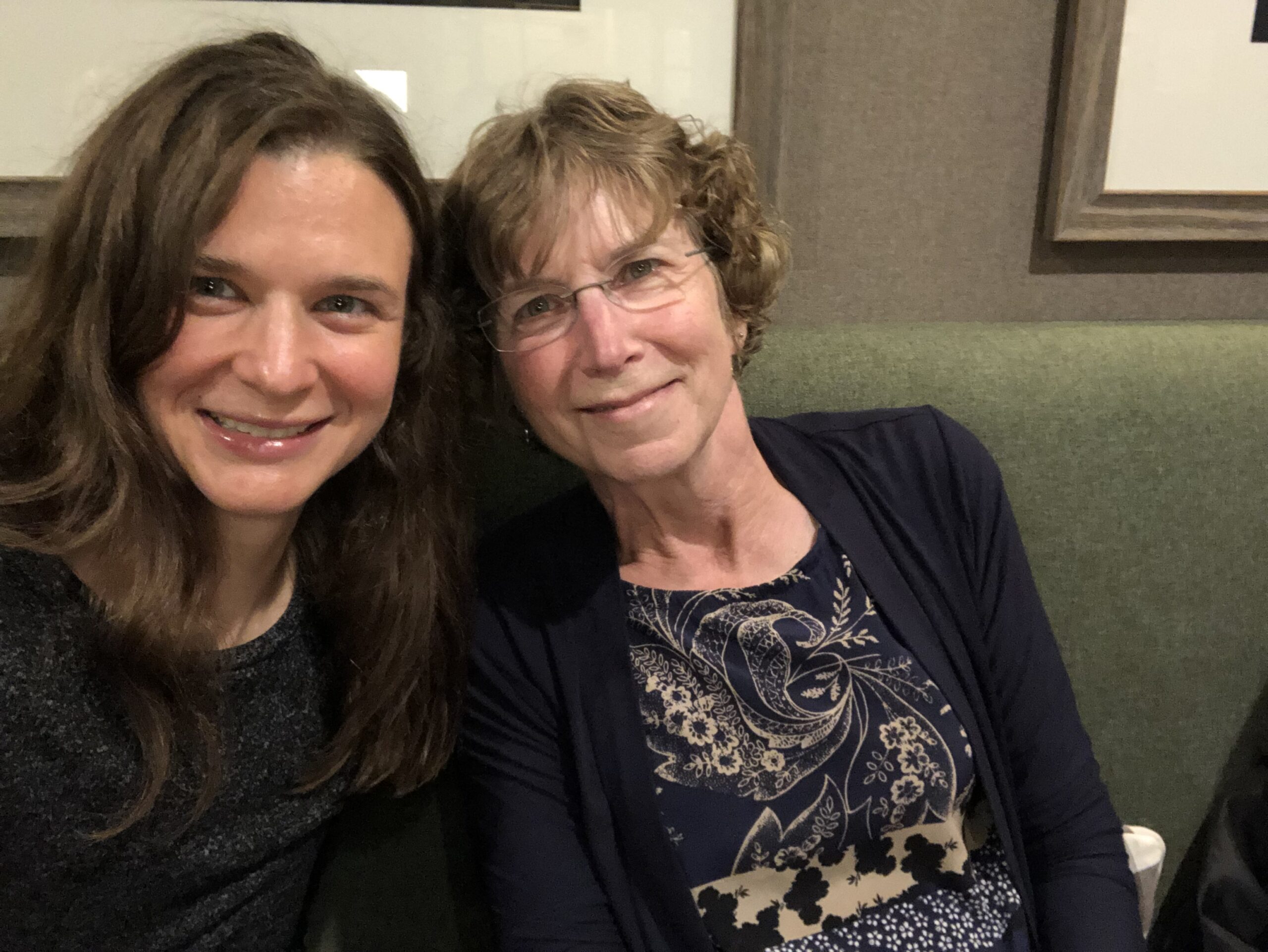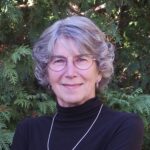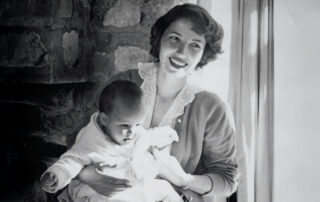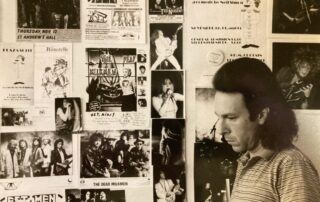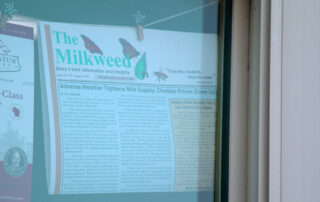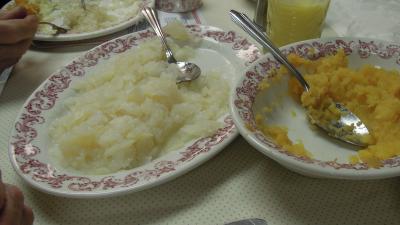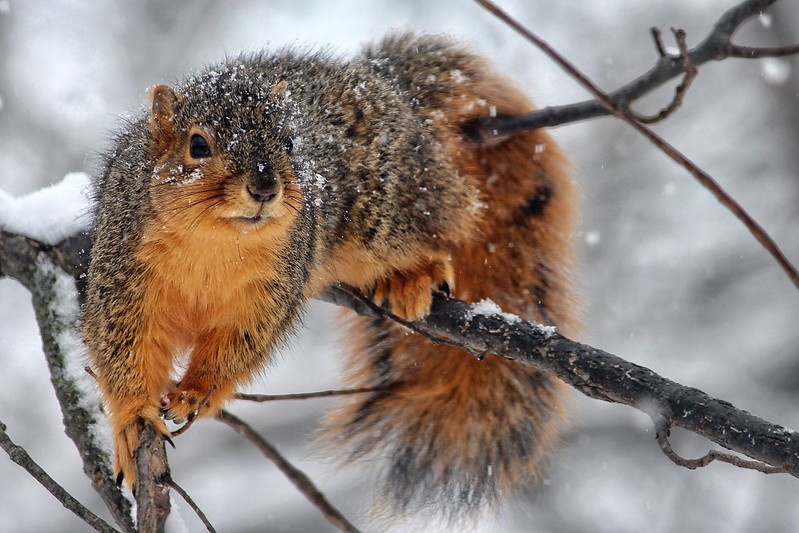Some professions run in the family. For writer Nancy Jorgensen of Waukesha, she spent her career as a teacher — just like her aunt and her daughter. She explores their vocations in this essay, “Rebel Trio.” It’s in honor of National Teacher Appreciation Week, which runs May 5-9, 2025.
==
“Rebel Trio: Elizabeth, Elizabeth and Me”
It was a Sunday afternoon in the ‘60s, so I was with my parents, cross-legged on the carpet in my grandparents’ tiny two-story. Grandma towered tall in her apron and sturdy, strappy heels while Grandpa rested in his chair. Grandma’s older sister, Aunt B, just arrived from the city in a tailored wool suit and pumps. Her name was Elizabeth, but we never called her that — too long and hard to pronounce. She clutched a set of bags, filled with gifts, that I’d seen before. I just knew what would be inside.
Every Saturday, Aunt B shopped at Gimbel Brothers Department Store. Every Sunday, shopping bags over her wrist, she boarded the Milwaukee/Waukesha bus. At Grandma’s house, she would lift a cardboard box from one of those bags, flip the side flaps and fold back the cover. Paper tissue, airy like fairy wings, surrounded each nugget of pecan, caramel and chocolate. One turtle for each of us.
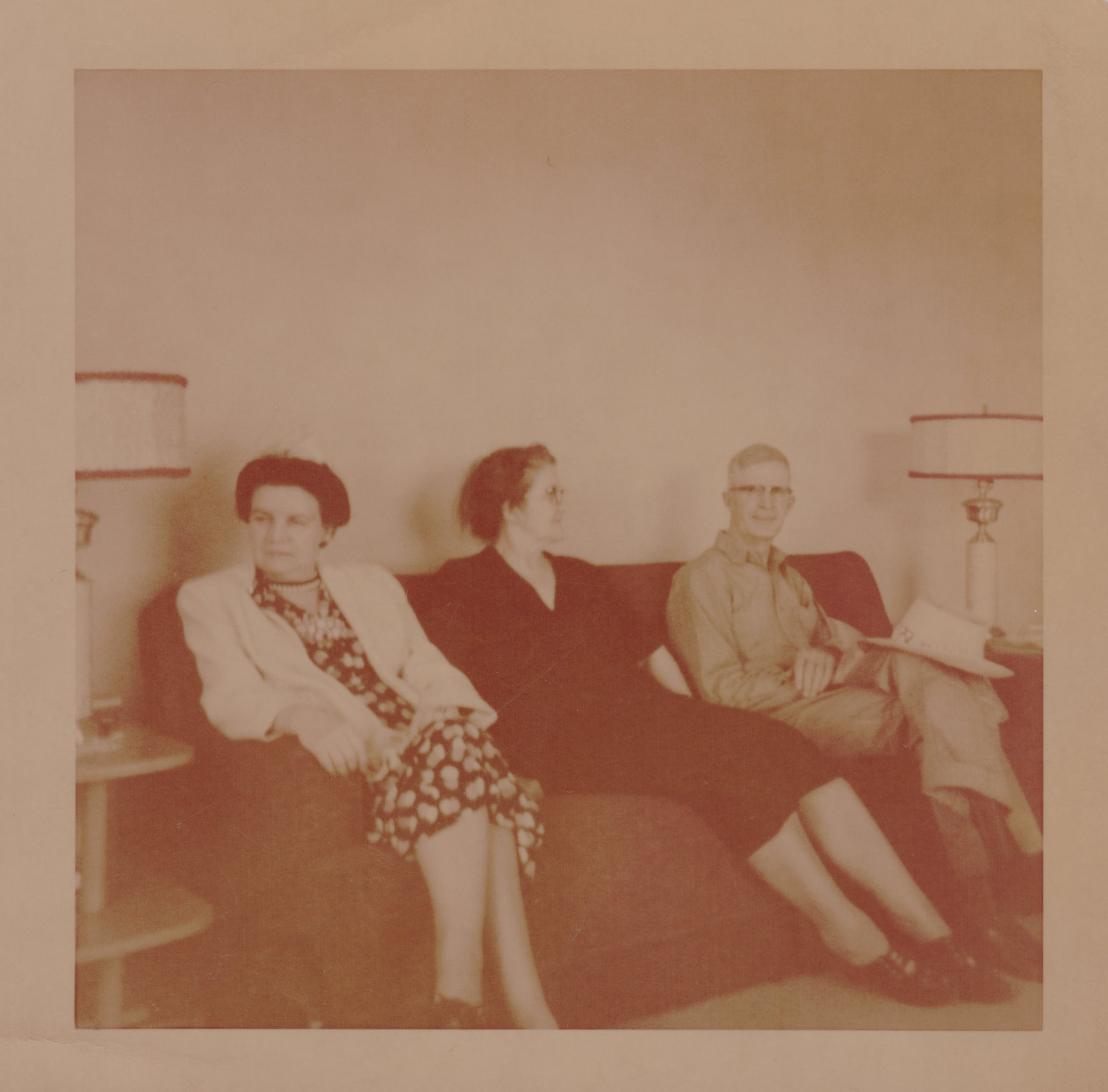
Elizabeth Newman (l), also known as Aunt B, sits on a couch with Julia and Gerald Smirl, writer Nancy Jorgensen’s grandparents. Photo courtesy of Nancy Jorgensen
In the 1920s, when Aunt B was a young woman, 92 percent of U.S. women married — but she remained single. Eighty percent of women stayed home — but she worked at Wisconsin Avenue School, teaching children who called her Miss Newman. Rebel.
One Sunday afternoon, when I was about 10, Aunt B herded my cousins and me into my dad’s station wagon. “We’re seeing a marionette show!” she said, and I heard anticipation in her voice. Was she excited about the performance? Or about sharing it with us? Maybe both. But that day, as wooden characters jerked on their strings, hollered and howled, sang and spoke, Aunt B introduced me to the magic of live theater.
With no children of her own, Aunt B heaped love on my dad and his brothers, my cousins and me and each fresh crew of students.
Then, one Saturday in 1967, at age 74, when she should have been at Gimbel’s, Aunt B stayed home and passed away. I was in eighth grade, unfamiliar with death and dying. I couldn’t know that, 10 years later, I would follow Aunt B into teaching and raise her namesake great-great niece, Elizabeth.
In the 80’s, when 70 percent of mothers my age were unemployed, I taught high school choir. Some of my family disapproved. “You should be home,” they said, “raising your daughters.”
I ignored them, taught note-reading and choral literature and directed concerts. Rebel.
Every spring break, I chaperoned students to New York City. “We’re going to a Broadway musical,” I said, and heard anticipation in my own voice. Was I excited about the show? Or about sharing it with my students? I would introduce them to the magic of live theater.
When my daughter Elizabeth was eight, she played Shprintze in my choir’s production of “Fiddler on the Roof.” Each day after school, she joined my students and me for rehearsal. She learned songs, dances and everyone else’s lines. As a third grader, she often told stories and invented games. But in my production, she experienced behind-the-scenes work, hours of practice and the collaboration of actors, stagehands and musicians. When the audience joined us — theater dark, spotlight on — she tasted the magic of live theater. I couldn’t know that 15 years later she would follow me into education and teach at that very high school.
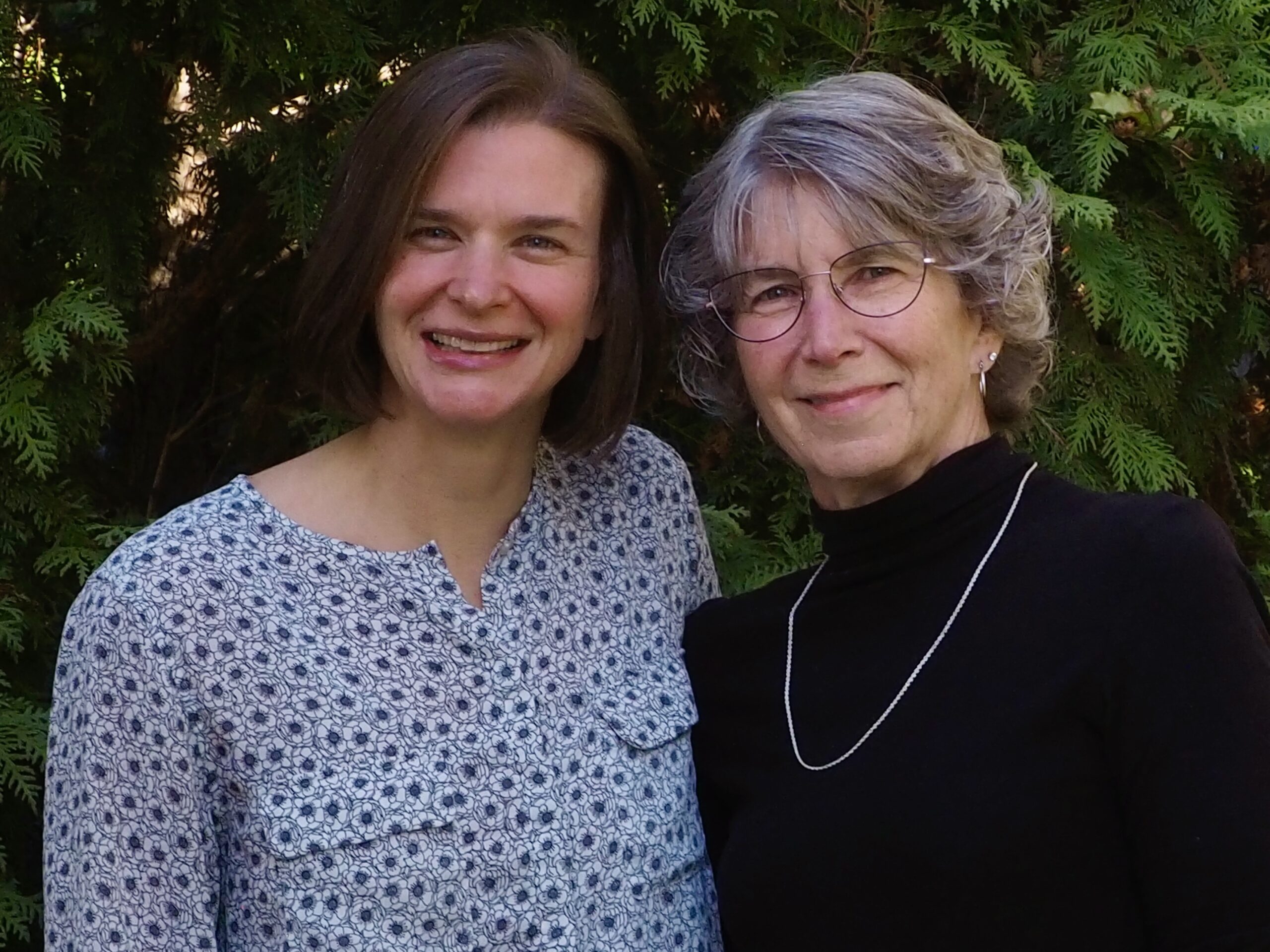
Elizabeth Jorgensen and Nancy Jorgensen are family, teachers and authors. Photo courtesy of Nancy Jorgensen
Elizabeth has now taught creative writing for two decades. She resists the pressure for statistics and scores; in her classroom, the process trumps the grade. Students write not for a teacher, but for publication. Kids invent poetry forms, pen persuasive letters and craft essays. She could have taught a standard curriculum. Instead, she developed her own projects, infused them with style and presented them with passion. Rebel.
Did Aunt B, Elizabeth, and I break traditions? Or did we establish new ones? Did we each have a calling? Or a genetic predisposition?
Maybe my work influenced my daughter’s — the Brookings Institute reports that 44 percent of teachers are the children of teachers. But who influenced me? Aunt B taught school, but the rest of my family was made up of a doctor, entrepreneur, stay-at-home mom, carpenter and social worker.
For the last 50 years, the number of educators has gradually declined. The U.S. Bureau of Labor Statistics suggests reasons: a lack of prestige, stagnant wages, rising college costs, weakened unions and reduced teacher autonomy. Is anyone trying to remedy this problem?
With fewer men and women leading our classrooms, who will teach reading and music and science and math? Who will shepherd kids to live theater? Who will encourage budding authors to publish their poems? Who will be our rebels?
